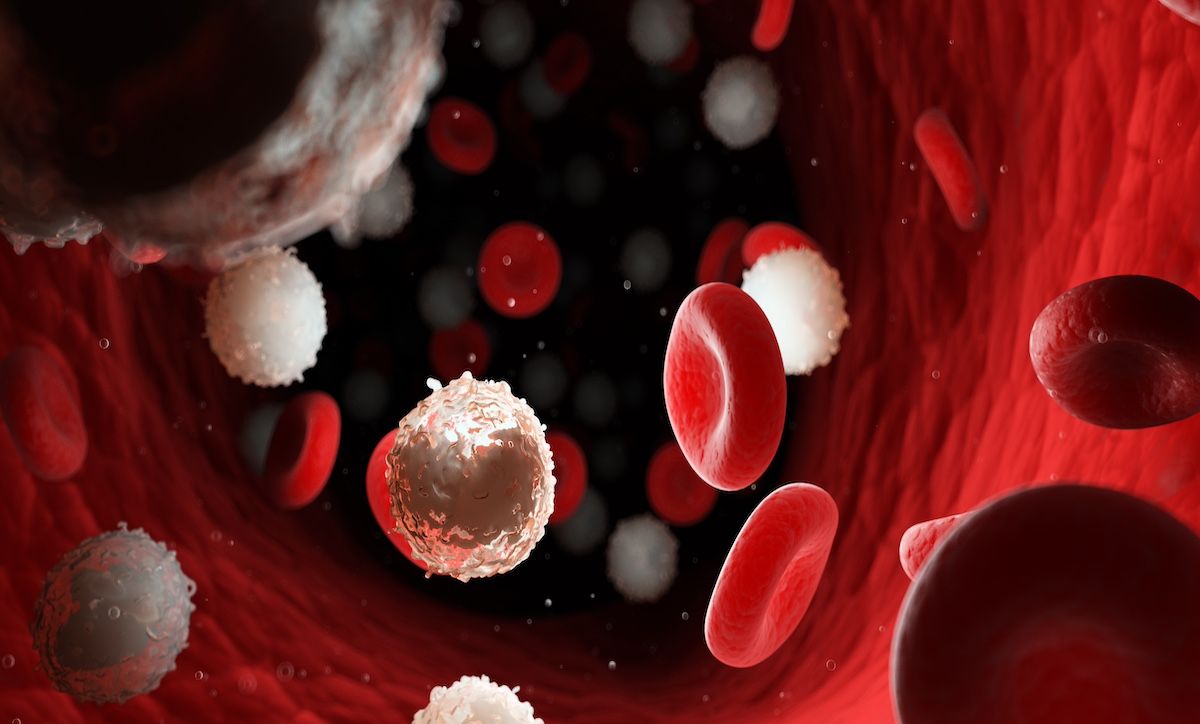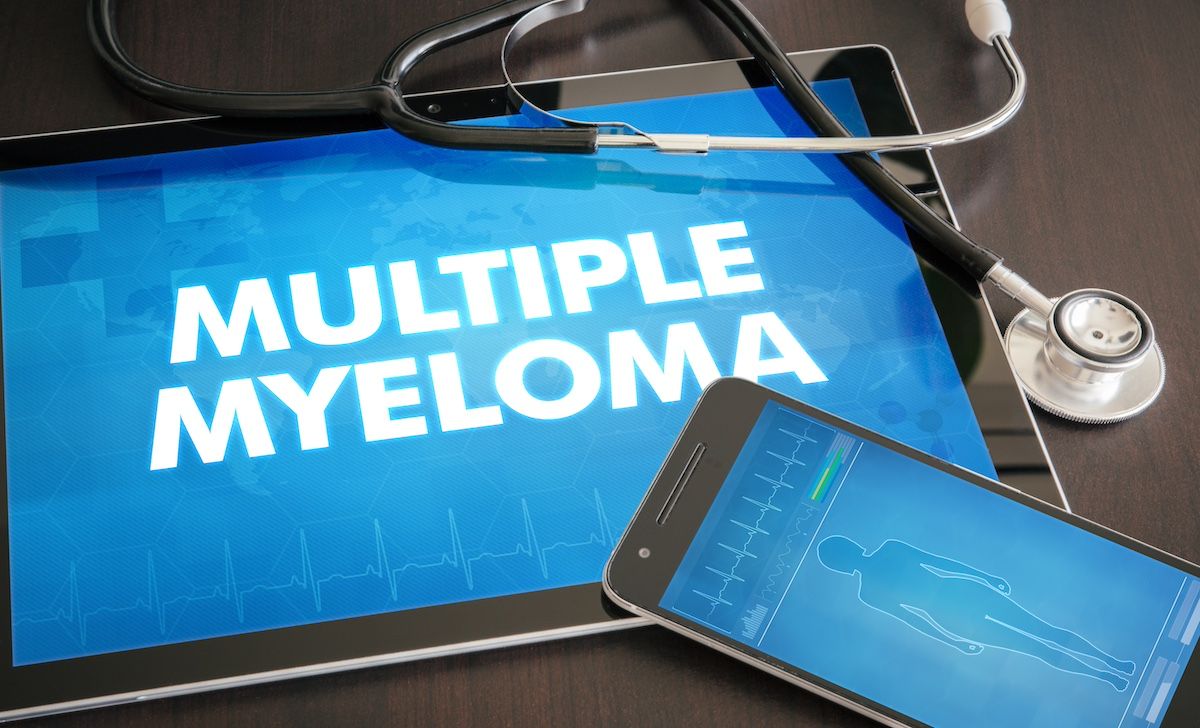Article
Research Explores Dysregulation of IRF8 in Development of Autoimmune Disease
Author(s):
The research could pave the way for therapies that target enhancers of disease-related genes.
A new report highlights a novel strategy for determining links between functional genetic variants and the expression of genes associated with autoimmune diseases like lupus.
The study, published in Nature Communications, suggests this type of analysis could make it easier to develop therapies that target cell-type–specific enhancers for disease-related genes.
Transcription factors (TFs) are proteins that interact with DNA to restrict or promote the transcription of genes, explained the authors. Recent research has shown that TFs, such as interferon regulatory factor 5, have a direct impact on the pathogenesis and severity of autoimmune diseases. However, expression levels of genes can vary from person to person, the authors noted.
“In particular, genetic variants can alter the expression of genes encoding TFs, resulting in altered expression levels of downstream genes controlled by specific TFs,” they wrote.
Many autoimmune diseases, such as systemic lupus erythematosus (SLE), are known to be influenced by genetic factors, but the authors said it can be difficult to pin down exactly which genetic factors are involved. One problem, they said, is that few of the genetic risk variants believed to be associated with the risk of autoimmune disease are directly associated with TF expression levels. Genome-wide association studies can identify genetic variants associated with autoimmune disease, they noted, but that does not necessarily mean those variants play a causal role.
“In addition, most variants are in noncoding genomic regions and are therefore more likely to function in a cellular or context-dependent manner,” they wrote. “Furthermore, disease risk genes are usually defined based on genomic proximity or expression quantitative trait loci signatures, which do not necessarily identify disease-causing genes.”
In the new study, the investigators decided to try and identify functional genetic variants that are associated with expression of IRF8. The authors chose IRF8 because previous studies have suggested it plays an important role in autoimmune disease risk, specifically with regard to immune cell development, inflammatory cytokine production, and regulation of interferon-stimulated gene expression. Although the investigators have found considerable hints that IRF8 is important, significant questions remain about precisely how it is involved, they noted.
“Despite the substantial heritability of the IRF8 locus, the functional variants, causative genes, and underlying gene regulatory mechanisms involved in autoimmune disease are largely unknown,” they wrote.
The investigators chose a multipronged strategy to investigate the issue. They used genetic data, epigenomic analysis, and CRISPR activation strategies to try and identify functional variants related to IRF8.
They found that the locus containing rs2280381 is a cell-type–specific enhancer for IRF8 and that it mediates IRF8 expression through the enhancer RNA (eRNA) AC092723.1, which in turn recruits the transcription activator TET1, which they said “binds to the IRF8 promoter and regulates its methylation levels to regulate IRF8 expression.”
“Intriguingly, our results suggest that the eRNA AC092723.1 is involved in the regulatory mechanism of the differential effect of the rs2280381 allele on IRF8 expression,” the investigators wrote. “We show that the rs2280381 allele is associated with differential expression of AC092723.1, which can directly regulate the expression level of IRF8.”
They concluded that their work offers a “blueprint” to identify links between risk genetic variants for diseases and TF gene expression levels, which could then be used to understand the mechanisms at play in SLE and similar diseases.
“Our work also provides critical insights that lay a solid foundation for developing enhancer-based disease therapies,” they wrote.
Reference
Zhou T, Zhu X, Ye Z, et al. Lupus enhancer risk variant causes dysregulation of IRF8 through cooperative lncRNA and DNA methylation machinery. Nat Commun. Published April 6, 2022. doi:10.1038/s41467-022-29514-y
Newsletter
Stay ahead of policy, cost, and value—subscribe to AJMC for expert insights at the intersection of clinical care and health economics.




